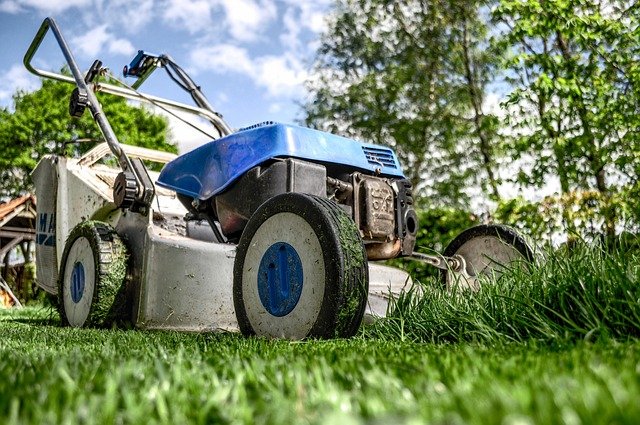Equipment Operation and Safety for Landscape Operatives
This article outlines practical guidance on operating landscaping equipment safely and effectively. It covers machine selection, seasonal tasks like mowing and aeration, safe pruning and irrigation methods, maintenance routines, certification considerations, and sustainable practices relevant to landscape operatives.

Landscape operatives work across turfcare, horticulture and arboriculture tasks that require safe, competent use of varied equipment and clear attention to seasonal schedules. Proper operation reduces risk of injury, protects plants and soil, and improves long-term site outcomes. This article explains equipment choices, safe operating procedures, routine maintenance, and the role of certification and sustainability in everyday ground maintenance work. The focus is on practical, verifiable practices that apply across public, commercial, and residential settings.
Equipment selection for landscaping
Choosing the right equipment depends on the task, site conditions, and operator skills. Walk-behind mowers, ride-on mowers, brushcutters, and handheld power tools each suit different scales of landscaping work. Consider machine weight, cutting width, engine type (electric or petrol), and attachments for tasks like sodding or aeration. Correct selection reduces wasted effort and lowers the chance of equipment-related incidents. Always refer to manufacturer guidance and match transport and storage capacity to the chosen machinery.
Mowing, turfcare and seasonal practices
Mowing frequency, height settings and turfcare routines change with the seasons. Lower mowing heights in spring and early summer can stress grass, while autumn and cooler months often require reduced frequency but focused aeration and fertilization. Seasonal checks on blades, belts, and wheels keep mowers functioning safely. Turfcare practices such as overseeding and topdressing should be scheduled to avoid compaction and to align with aeration and fertilization windows for best plant health outcomes.
Pruning, arboriculture and horticulture safety
Pruning and tree work intersect with arboriculture and horticulture disciplines and demand specific safety measures. Use appropriate hand tools for small branches and rated saws or pole pruners for higher work. Keep clear zones beneath pruning activity, wear eye and head protection, and avoid working alone on elevated tasks. Understand basic tree biology to avoid unnecessary cuts that can harm long-term tree health. For complex tree removals or large branches, refer work to certified arborists with appropriate equipment and insurance.
Irrigation, sodding and aeration procedures
Irrigation systems require correct pressure settings, filter maintenance, and seasonal adjustments to prevent waterlogging or drought stress. Sodding calls for firm, level seedbeds and immediate irrigation after laying to ensure root contact. Aeration—core or spike—relieves compaction and improves water and oxygen penetration; timing this before fertilization and overseeding improves results. Routine inspections of valves, nozzles and hose integrity reduce leaks and operational hazards.
Fertilization, sustainability and certification
Fertilization should be guided by soil testing to avoid over-application and environmental harm. Organic or slow-release formulations can support sustainability goals by reducing runoff and promoting stable nutrient supply. Certifications and training—such as pesticide application or safe machinery operation—demonstrate competence and may be required by some employers or sites. Maintaining documentation of training, risk assessments and material safety information supports responsible practice and regulatory compliance.
Safe equipment operation and maintenance
Daily pre-use checks, secure guards and proper PPE are central to safe operation. Inspect fuel and oil lines, blade condition, electrical cords, and safety interlocks before use. Practice safe refuelling, store batteries securely, and use lockout procedures during repairs. Regular servicing according to manufacturer schedules prevents breakdowns and reduces on-site hazards. Operators should receive task-specific instruction and be aware of local services for professional maintenance and certification courses in their area.
Conclusion
Consistent attention to correct equipment selection, safe operating procedures, seasonal maintenance tasks and documented training helps landscape operatives protect people, plants and infrastructure. Emphasizing routine checks, adherence to manufacturer guidance, and sustainable material use supports effective turfcare, horticulture and arboriculture outcomes while reducing operational risk. Ongoing learning and practical maintenance routines keep sites functional and resilient across seasons.






